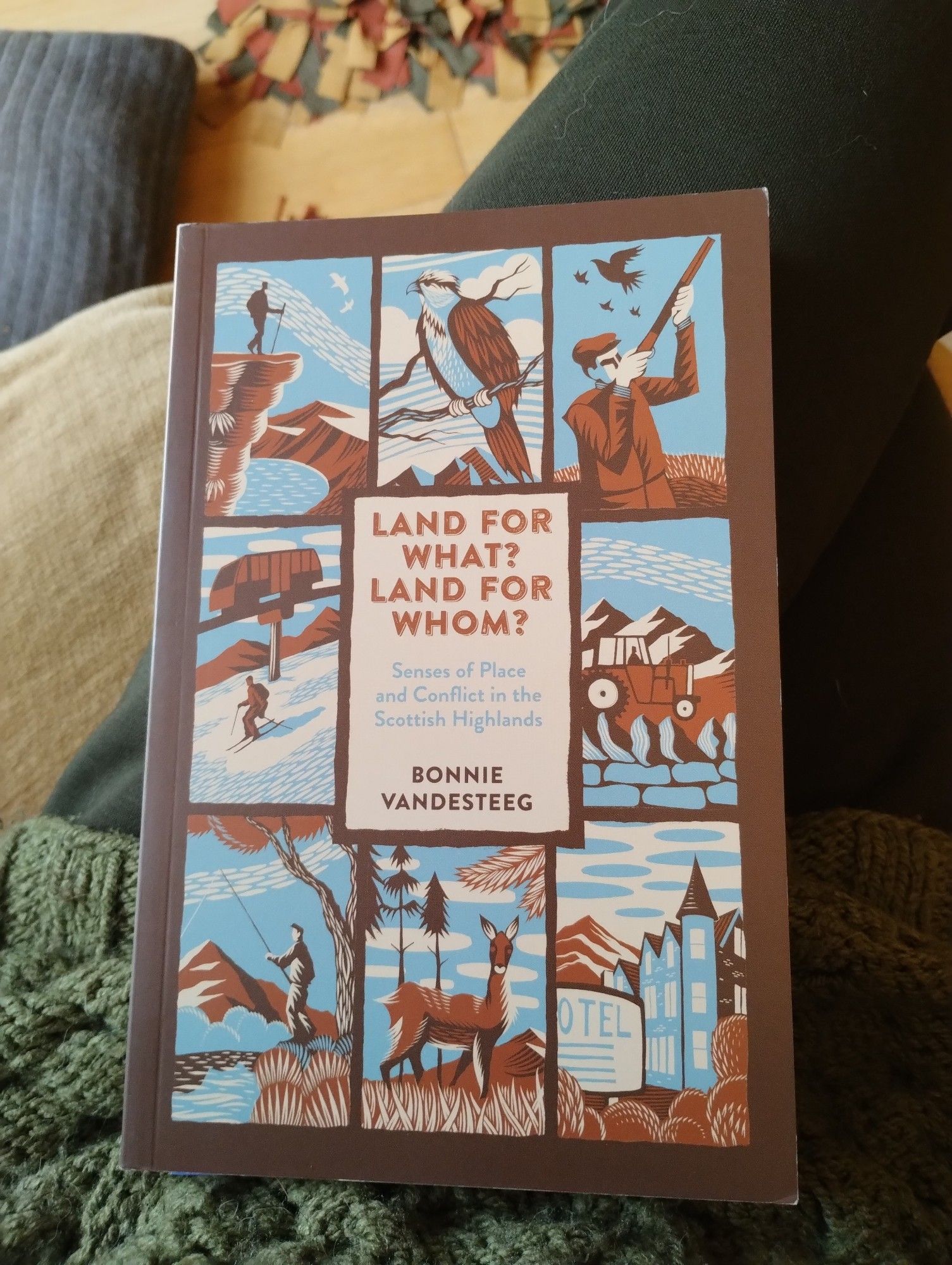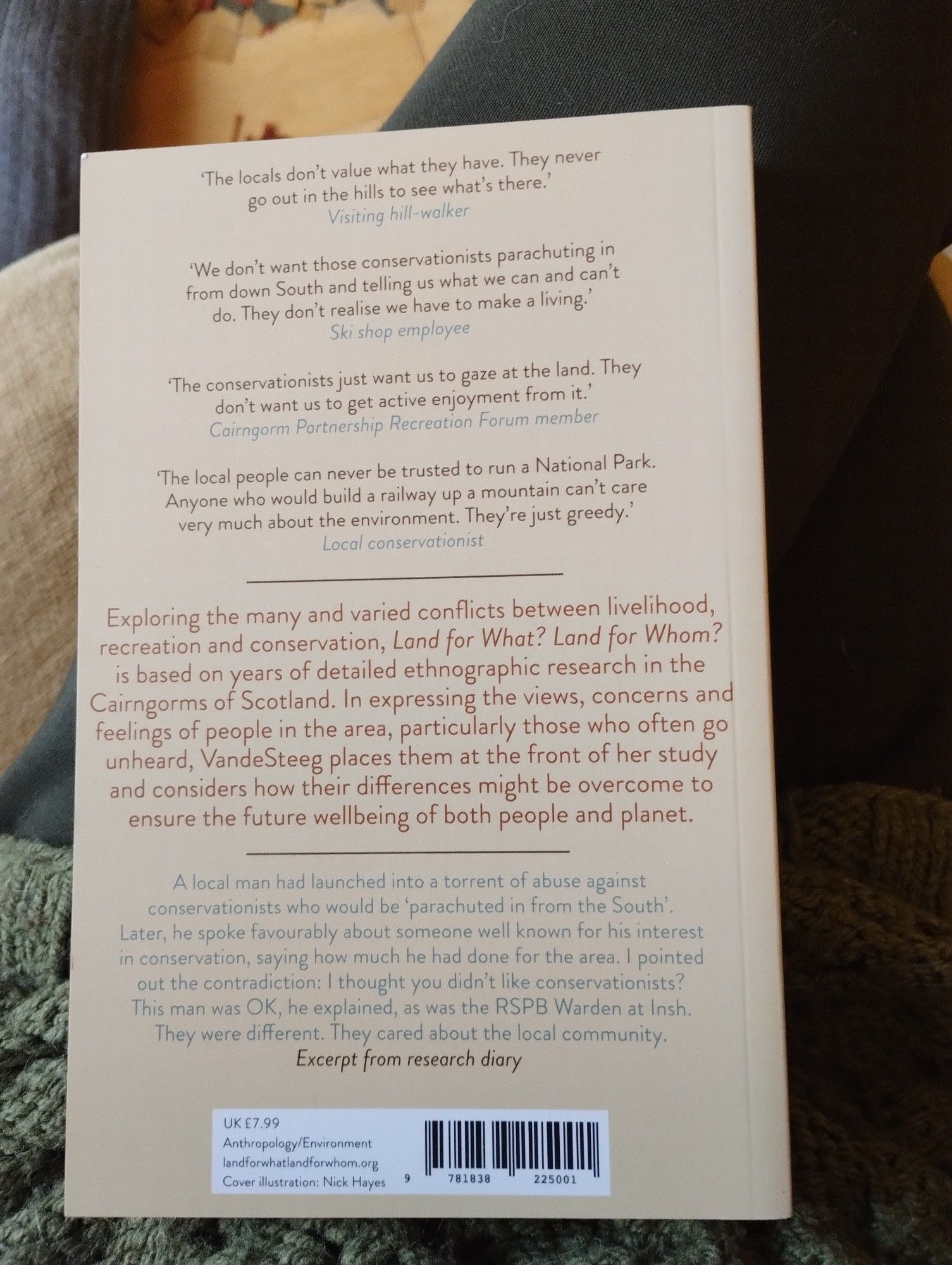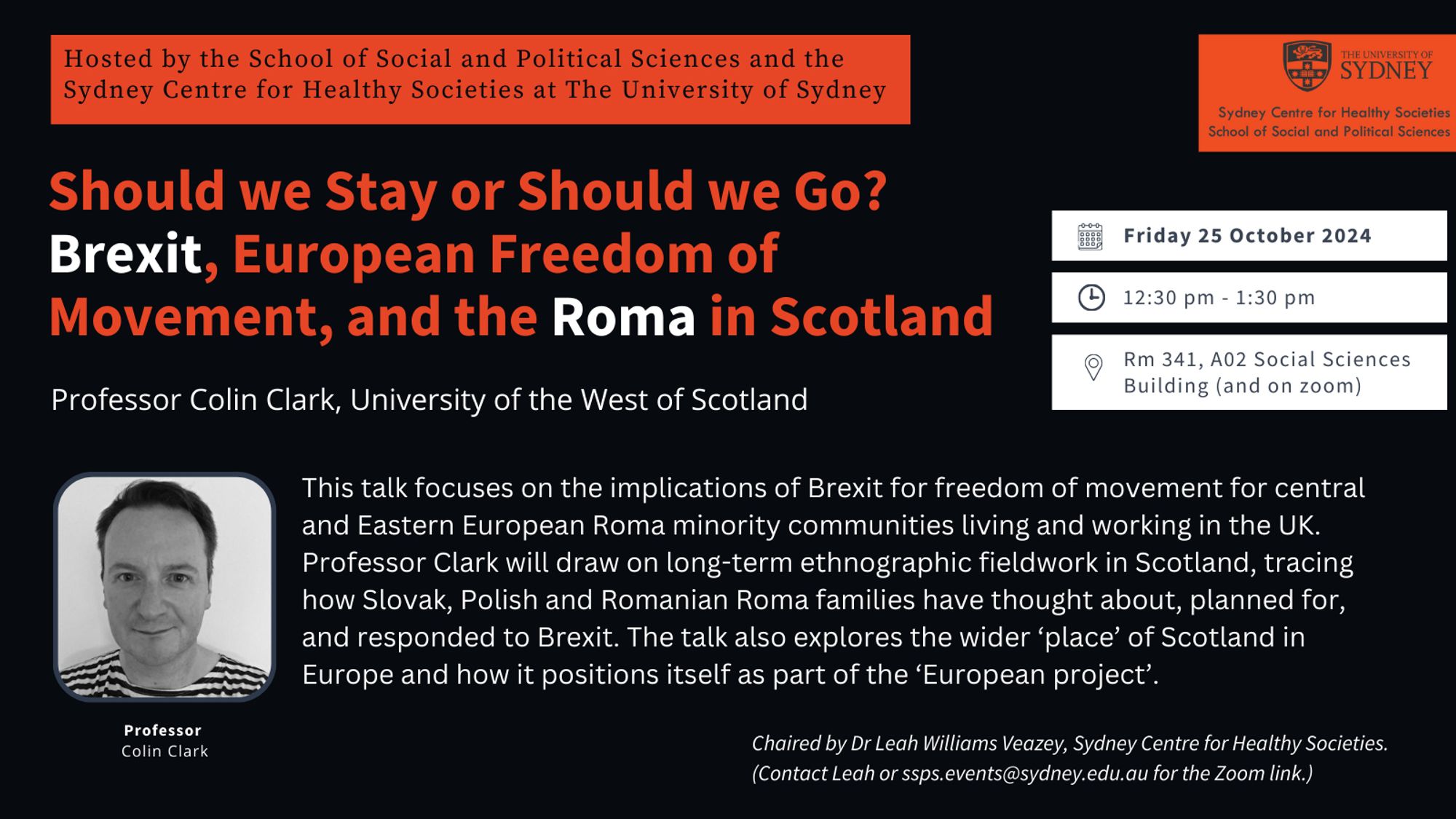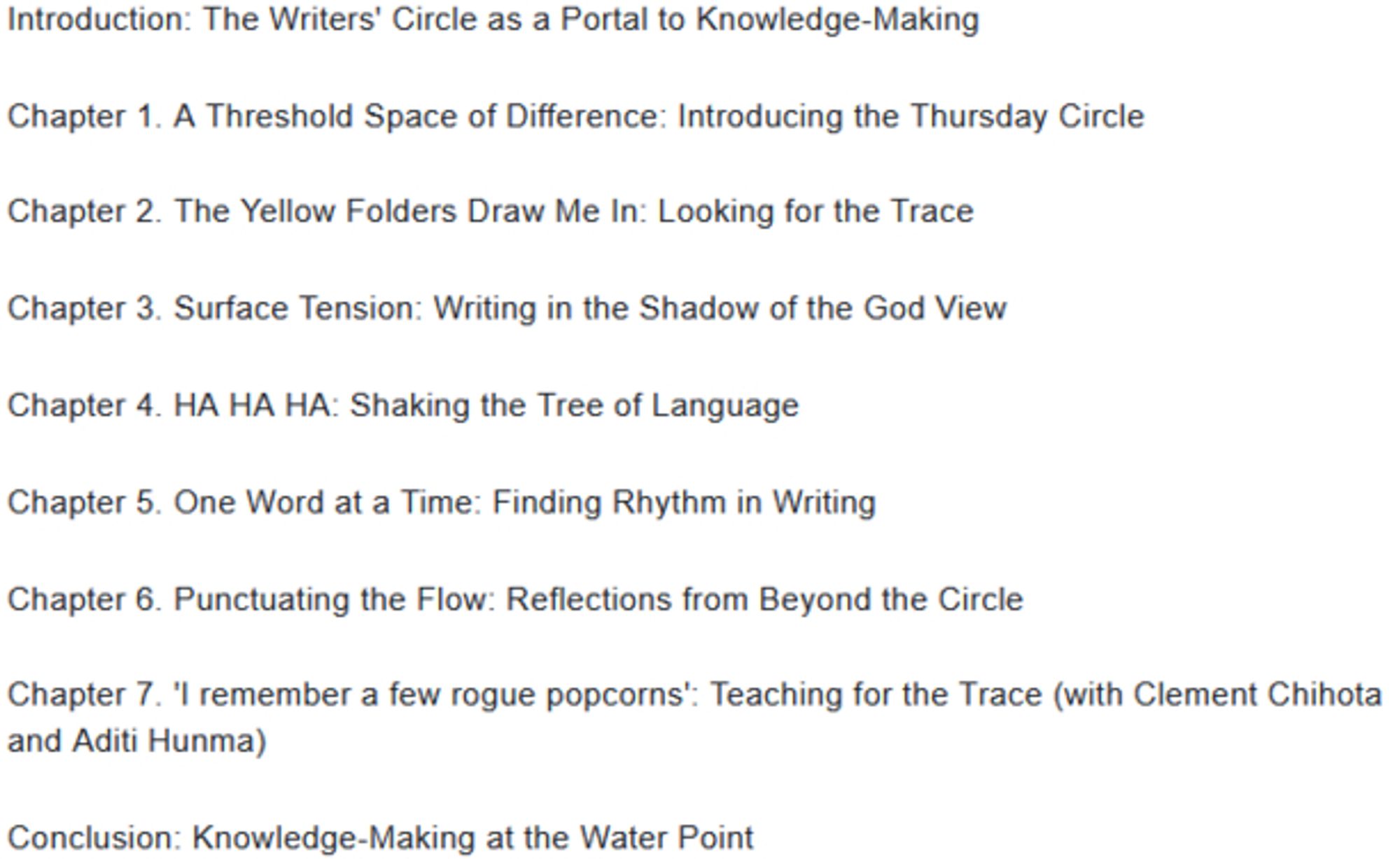Look what I stumbled upon in Aye-aye books 👀 now that's going to be a very interesting Autumn read. A lovely example of ethnographic mediation 💚


SO MUCH of Japanese pop culture has been directly influenced by American pop culture, and vice versa like you said, so it's not really worth talking about it as if it's some like ethnographic exchange of culture. It's just two friendly cultures sharing their media with each another.
"ethnographic present"
“People of the Country of Poland” in Qing Imperial Illustrations of Tributary Peoples- a Chinese ethnographic album commissioned by the Qianlong Emperor in 1751. [9000×5193] https://www.byteseu.com/471573/ “People of the Country of Poland” in Qing Imperial Illustrations of Tributary Peoples- a …

'People of the Country of Poland' in Qing Imperial Illustrations of Tributary Peoples- a Chinese ethnographic album commissioned by the Qianlong Emperor in 1751. https://i.redd.it/i2kzpk0slxsd1.jpegPosted by Kybernetiker
What – and how – doctors communicate to patients in acute settings can make all the difference to their understanding of the diagnostic process. Our study looked at ways doctors could help or hinder understanding. THIS summary: https://ths.im/4eprp8thttps://ths.im/3NbCCNW

My infant son was a huge help when I was doing ethnographic fieldwork for my dissertation.
Coming up @healthy-societies.bsky.social@profcolinclark.bsky.social from Scotland, who is visiting our sunny shores. The talk focuses on the implications of Brexit for freedom of movement for Central & Eastern European Roma communities in the UK. Fri 25 Oct, 12.30pm

I am perfectly aware that I'm much more well known for my ethnographic work, but I DO do mixed methods, with a strong preference for field experiments, spatial analysis and ethnography.

